
Someone came to me one day, brandishing proudly, what appeared to be at first, the most common pebble. “This is a very beautiful rainbow stone and it is for you”, were his words. I kept the flint for a while as a charm in various pockets, handbags, cupboards, drawers and on my desk where one day it disappeared.
Upset about the loss, I realised that the stone became meaningful to me and was very precious in my eyes: It was a gift from a cherished person and that stone was filled with love.
I eventually found it by chance and it became clear to me that I had to turn this stone into a jewellery piece to protect it.
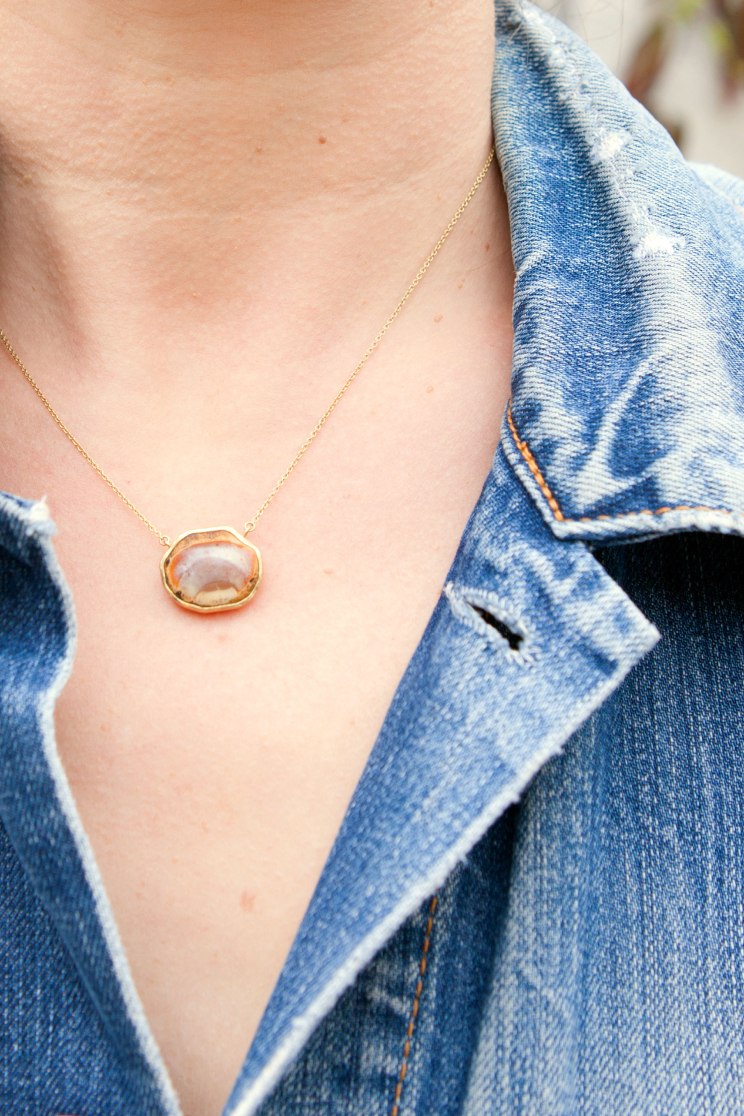
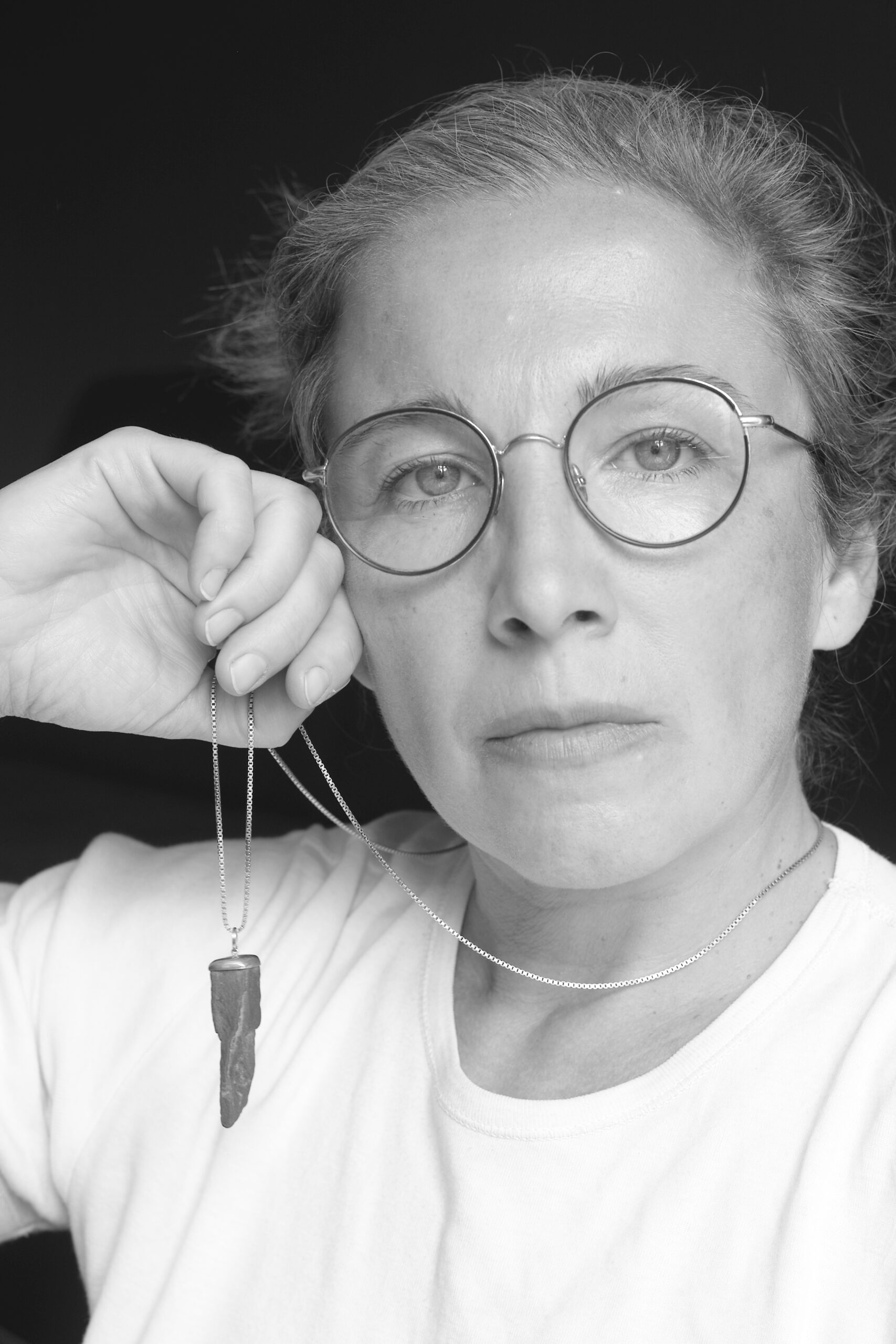
ABOUT
Nathalie Mathoulin launched her jewellery collection in 2018 following more than 10 years working with Sir Paul Smith in London as a shoe designer.
The French designer, who studied at the Applied Art School, Duperré, in Paris, creates unique pieces of jewellery with stones found in natural landscapes across the world.
The collection is handcrafted with fine ethical gold in London.
The respect of the natural environment when collecting the stones and the provenance of the gold are part of the fundamental values of her collection.
Her work questions the meaning of precious stones.
WHAT IS PRECIOUS IN YOUR EYES?
I am intrigued with natural stones
wherever I walk and travel.
I love collecting various elements from nature: pebbles, flints, wood and shells.
Each piece I collect has a meaning from their origin and the passage of time. Erosion, waves and natural cycles year after year, polish each piece to their final finish. A tactile surface, an intricate pattern or a rare colour, contribute to create unique and unrepeatable jewellery pieces.
looking for stones
During my travels, I look for stones in their natural environment.
The stone becomes precious because of its origin:
The geographic place where the stone is found holds a sentimental memory of the landscape’s outstanding beauty.
With this process in mind, the jewellery collection is based on exclusively unique pieces.
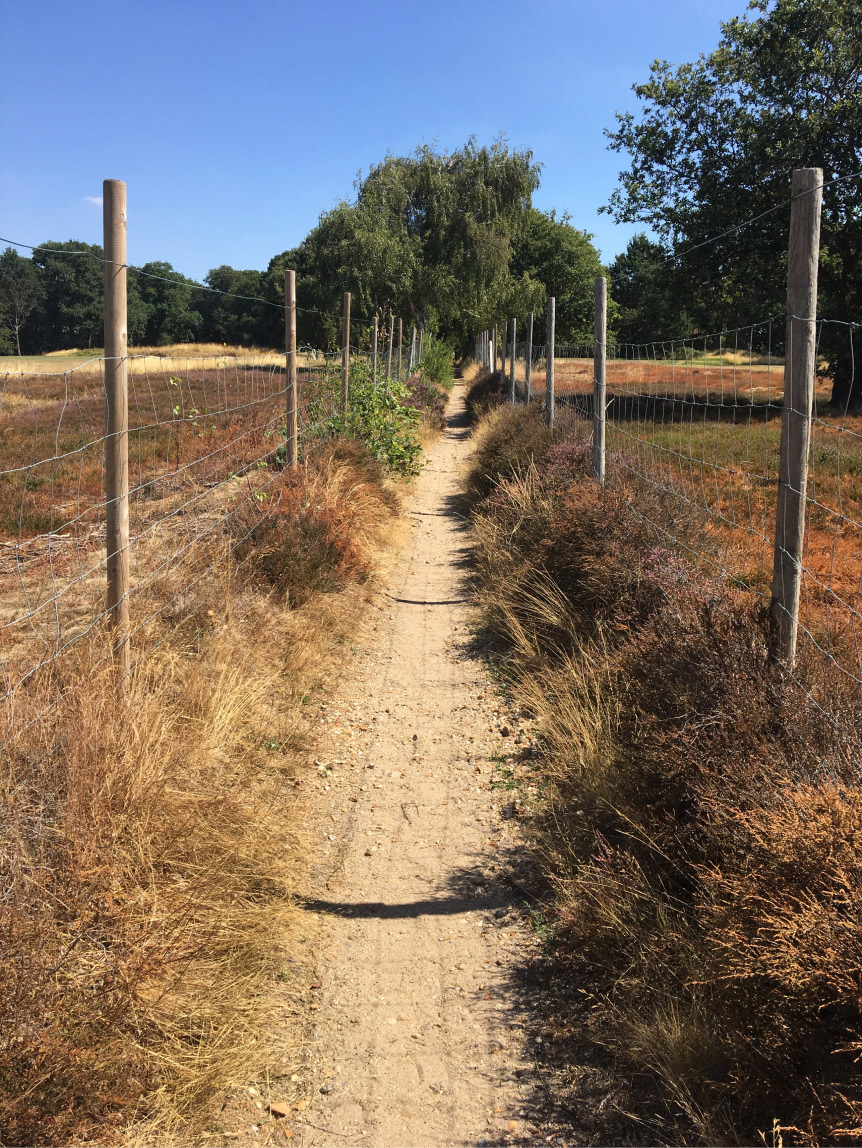
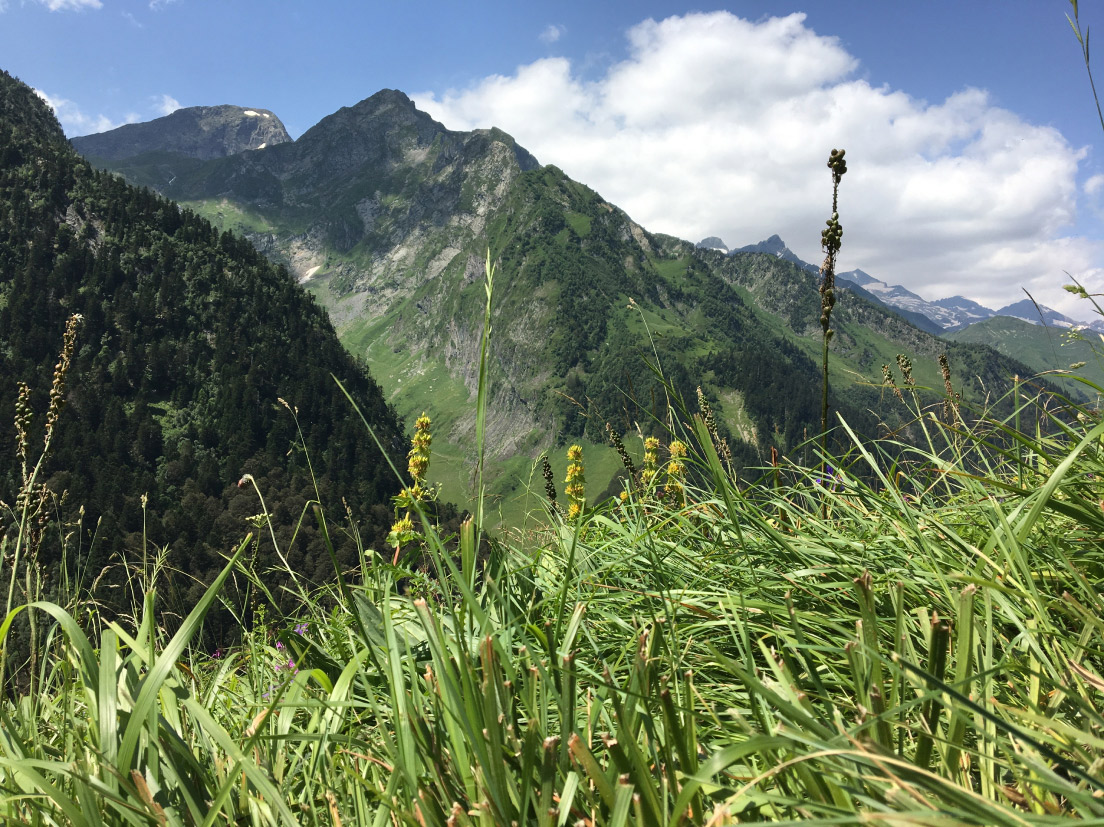
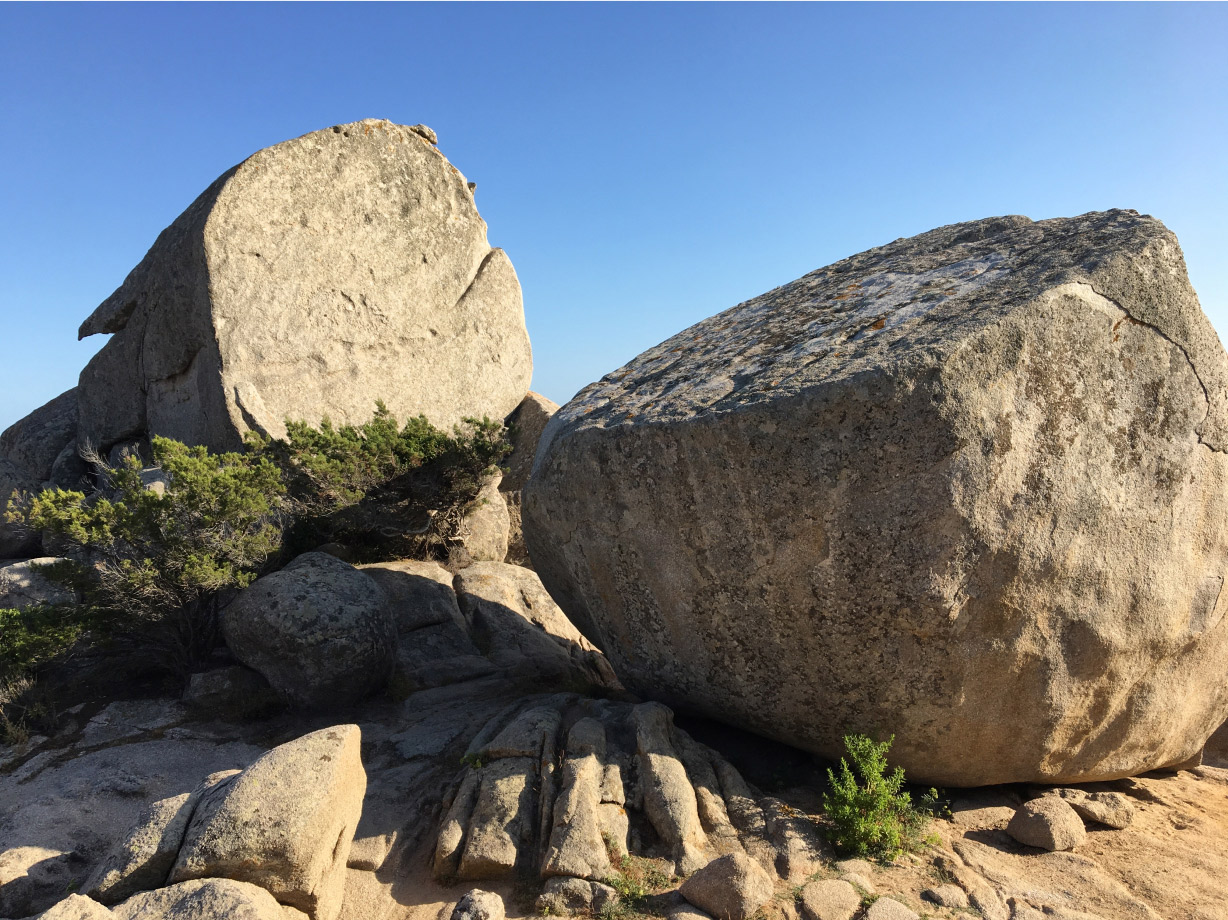
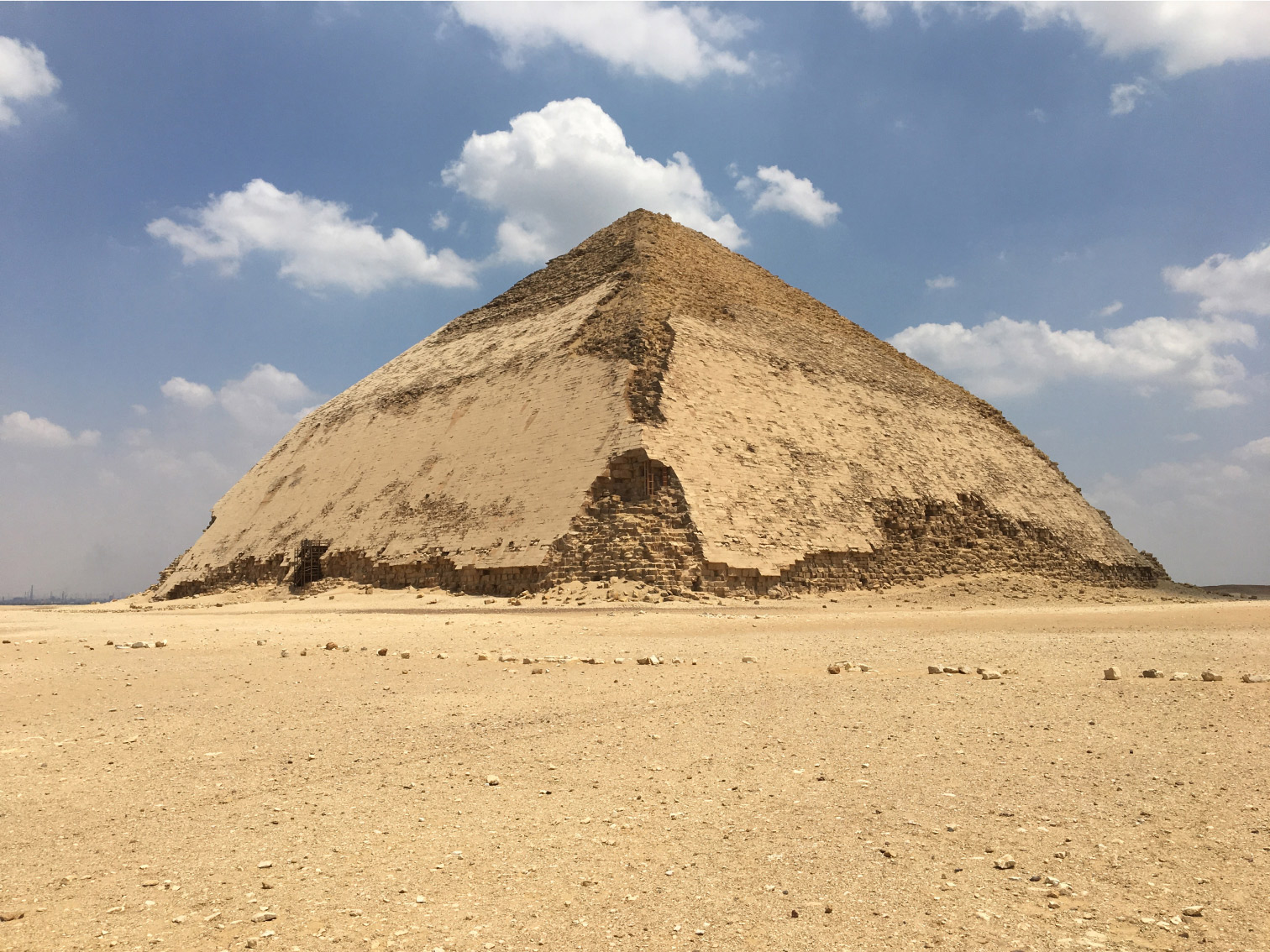
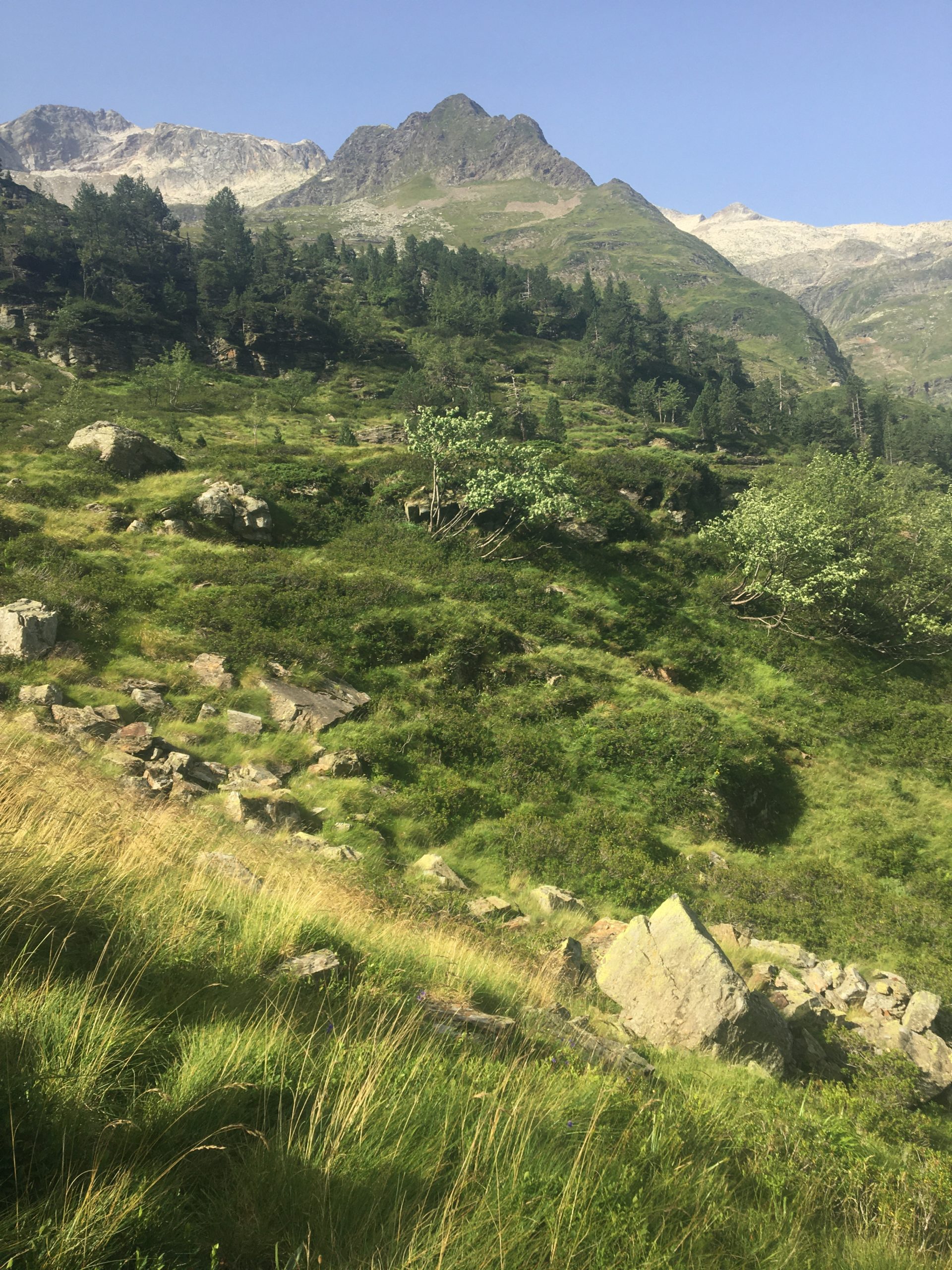

Someone came to me one day, brandishing proudly, what appeared to be at first, the most common pebble. “This is a very beautiful rainbow stone and it is for you”, were his words. I kept the flint for a while as a charm in various pockets, handbags, cupboards, drawers and on my desk where one day it disappeared.
Upset about the loss, I realised that the stone became meaningful to me and was very precious in my eyes: It was a gift from a cherished person and that stone was filled with love.
I eventually found it by chance and it became clear to me that I had to turn this stone into a jewellery piece to protect it.

ABOUT
Nathalie Mathoulin launched her jewellery collection in 2018 following more than 10 years working with Sir Paul Smith in London as a shoe designer.
The French designer, who studied at the Applied Art School, Duperré, in Paris, creates unique pieces of jewellery with stones found in natural landscapes across the world.
The collection is handcrafted with fine ethical gold in London.
The respect of the natural environment when collecting the stones and the provenance of the gold are part of the fundamental values of her collection.
Her work questions the meaning of precious stones.
WHAT IS PRECIOUS IN YOUR EYES?
I am intrigued with natural stones
wherever I walk and travel.
I love collecting various elements from nature: pebbles, flints, wood and shells.
Each piece I collect has a meaning from their origin and the passage of time. Erosion, waves and natural cycles year after year, polish each piece to their final finish. A tactile surface, an intricate pattern or a rare colour, contribute to create unique and unrepeatable jewellery pieces.
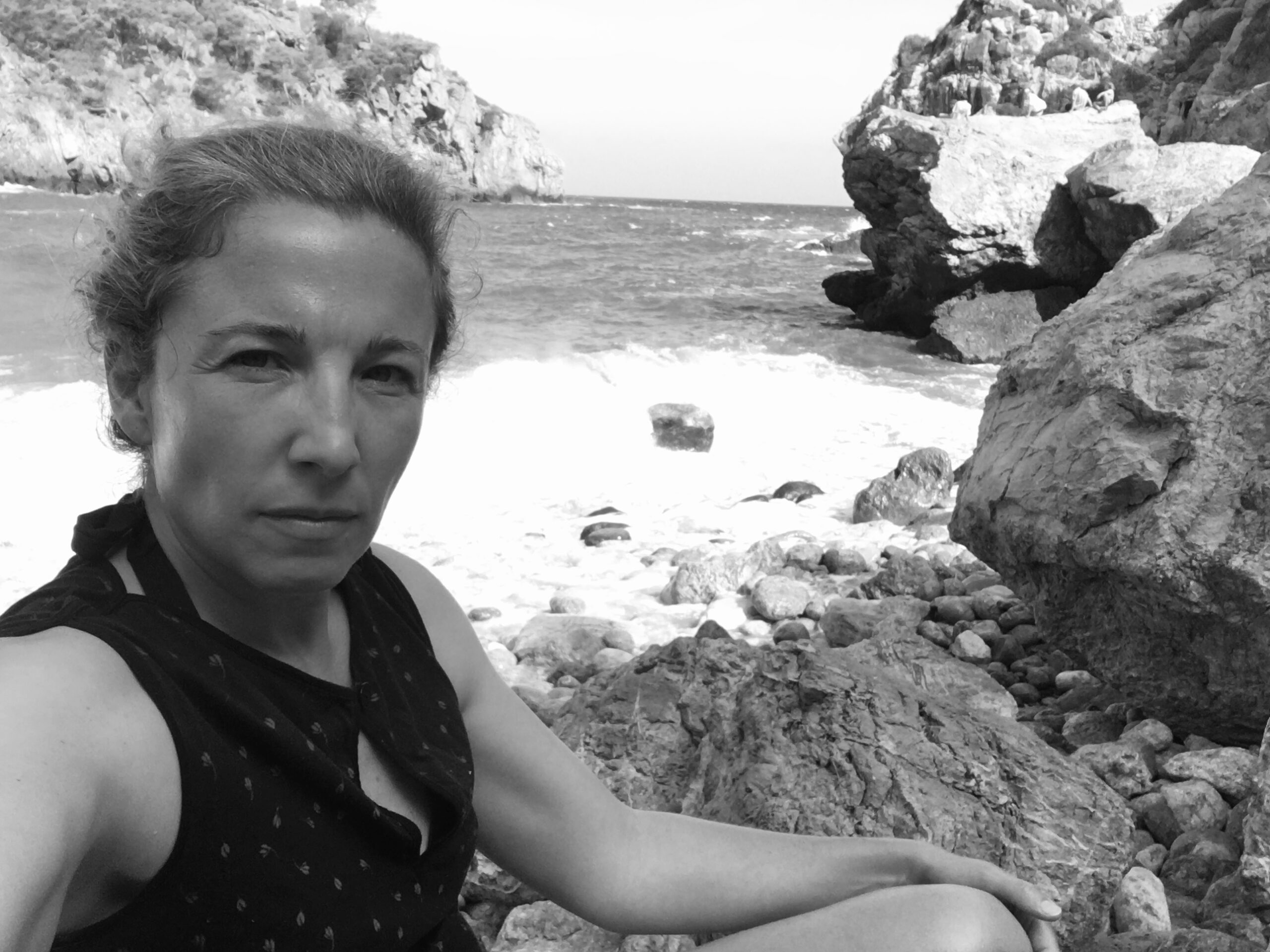
looking for stones
During my travels, I look for stones in their natural environment.
The stone becomes precious because of its origin:
The geographic place where the stone is found holds a sentimental memory of the landscape’s outstanding beauty.
With this process in mind, the jewellery collection is based on exclusively unique pieces.




